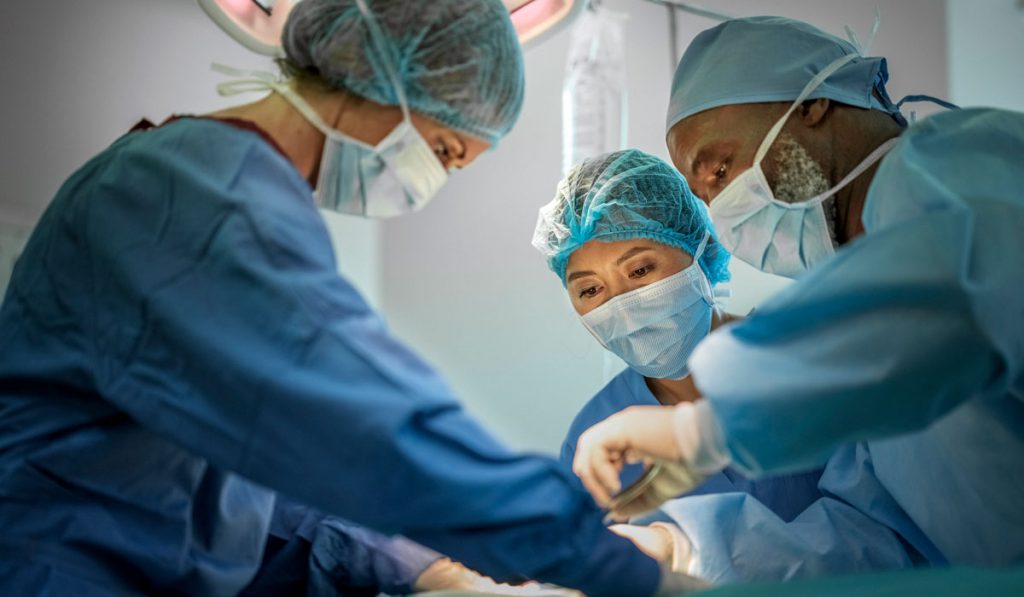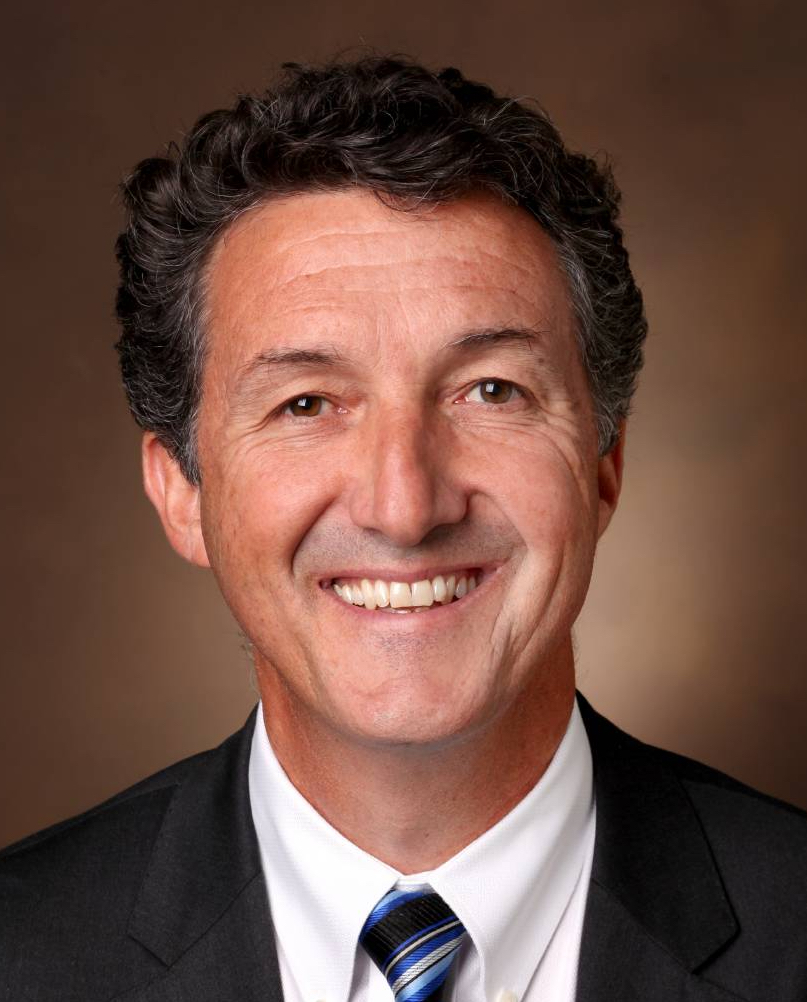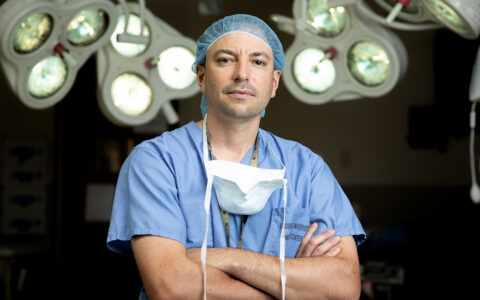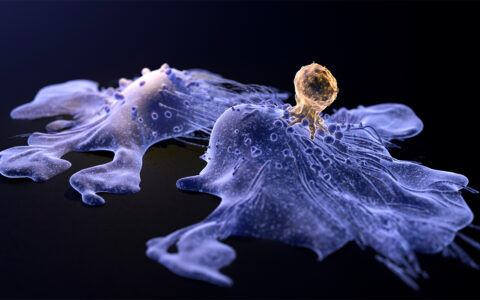Breast reconstruction after a mastectomy can restore a woman’s breast to near normal shape. The restored breast is numb, however, because nerves in the chest are severed during a mastectomy. Numbness interferes with a patient’s quality of life not only with loss of sensation for intimacy, but also because undetected sensations can lead to serious injury.
An advanced microsurgical breast reinnervation procedure could potentially restore sensation to a reconstructed breast. To assess its effectiveness, a nationwide ReSensation study is being conducted, and Vanderbilt University Medical Center is a top recruitment site.
“Restoring sensation is the final frontier of breast reconstruction surgery.”
“Restoring sensation is the final frontier of breast reconstruction surgery,” says Galen Perdikis, M.D., chair and professor in the Department of Plastic Surgery at Vanderbilt University Medical Center.
The Reinnervation Procedure
One of the most common breast reconstruction methods is the DIEP flap procedure, for which skin, fat and blood vessels between the belly button and pubic bone are used to restore the breast. “We preserve the musculature in the abdomen and then recreate the breast with the patient’s own abdominal tissue,” Perdikis said.
The new reinnervation procedure can be performed immediately following breast reconstruction, and only takes about 20 minutes, according to Perdikis.
To reinnervate a reconstructed breast, a nerve in the abdominal flap is reconnected to a nerve in the chest. “We can dissect out a nerve on the abdomen and preserve it and bring that up to the chest, and we can dissect a nerve on the chest. Then we can connect those nerves if they are long enough or we can put a nerve graft between those nerves as a bridging graft,” Perdikis explained.
The nerve graft is a human cadaveric allograft and serves to both bridge the two nerves and support the regeneration of nerve fibers. Nerves grow slowly, so it will take months for the reconnected nerves to fully regenerate, Perdikis said.
The ReSensation Study
Set up in conjunction with multiple institutions around the country and AxoGen, the ReSensation study will assess patient outcomes after reinnervation and facilitate a discussion of best practices.
“It’s all encompassing,” Perdikis said. “We are going to have longitudinal sensory data and patient-reported outcomes of how they feel they’ve done with sensation, and how they feel about their reconstruction.”
Over 70 patients at Vanderbilt have enrolled in the ReSensation study to date, making Vanderbilt one of the top recruitment sites in the nation. Participants complete a series of follow-up visits over the course of two years, including specialized sensory testing to objectively measure the level of sensation restored to the breast. Patients also self-report on their progress using BREAST-Q questionnaires.
Said Perdikis, “We are using Semmes-Weinstein filaments to test the sensation in all sorts of areas around the breast. And the way patients are being tested for sensation is standardized across the institutions.”
The preliminary results are promising. “At least 18 percent of people at the three to six month mark have improved sensation over those that did not [undergo reinnervation surgery]. And that’s early. We think it takes many more months for the nerves to grow back,” Perdikis said.
Looking Ahead
Vanderbilt is a busy site nationally for breast reconstruction and reinnervation surgery. Perdikis credits this to the experienced team of surgeons at Vanderbilt, including Stephane Braun, M.D., Kent Higdon, M.D., Megan Vucovich, M.D., and Julian Winocour, M.D.
To get patients up and moving around quickly after reinnervation surgery, the team has established a comprehensive recovery plan. Among other strategies, the recovery plan utilizes non-narcotic medication and builds on established opioid cessation protocols.
“When we first started doing this many years ago, these patients would stay in the hospital five to seven days,” Perdikis explained. “Our patients now, at least 60 percent of them, will go home at the end of day two.”
“We try to make every decision based on what is best for the patients. We hope breast reinnervation after reconstructive surgery will become a mainstream approach.”





